Iran Update April 2, 2025
Apr 2, 2025 - ISW Press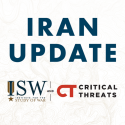
Iran continued to threaten US bases and forces, likely to try to discourage a potential US or Israeli strike on Iranian nuclear facilities amid US threats to strike these facilities.

Iran continued to threaten US bases and forces, likely to try to discourage a potential US or Israeli strike on Iranian nuclear facilities amid US threats to strike these facilities.
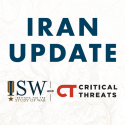
The United States has asked the Syrian interim government to curtail foreign fighters’ influence in the Syrian government in exchange for partial sanctions relief, according to Reuters.
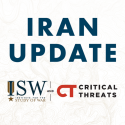
The Houthis have sought to obtain hydrogen fuel cells from unspecified Chinese suppliers to increase the range and payloads of their drones, according to a November 2024 Conflict Armament Research (CAR) investigation.
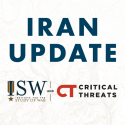
Current Syrian interim government counterinsurgency operations are insufficient to defeat pro-Assad insurgent cells across Syria.
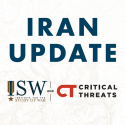
US sanctions on Houthi officials for coordinating with Russia demonstrate how Russia facilitates Iranian-backed groups’ terrorism in the Middle East. The United States designated the Houthis a foreign terrorist organization and sanctioned eight Houthi officials for facilitating attacks on international shipping and for recruiting Yemenis to fight for Russia in Ukraine.
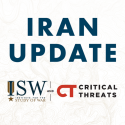
The Syrian Preparatory Committee does not plan to include the Kurdish-majority Syrian Democratic Forces (SDF) or its political wing, the Democratic Union Party (PYD), in the National Dialogue Conference.
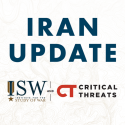
Unspecified sources told Bloomberg that Russia appears to be nearing a deal with the Syrian interim government to maintain a “reduced” military presence in Syria
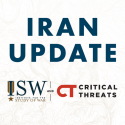
Russian cargo vessels have continued to evacuate military assets from the port of Tartus as Russia negotiates its presence in Syria with the interim government.
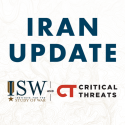
Syrian Interim President Ahmed al Shara formed a preparatory committee on February 12 that is mostly comprised of pro-HTS individuals who are loyal to Shara. The composition of this committee suggests that it will likely make decisions that align with Shara’s views and objectives.
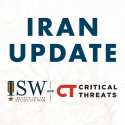
Many of the most prominent Iraqi Sunni political parties have emphasized the need for political action to achieve long-standing Sunni political demands ahead of the Iraqi parliamentary elections in October 2025.